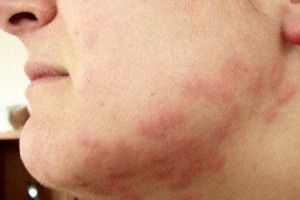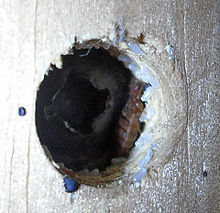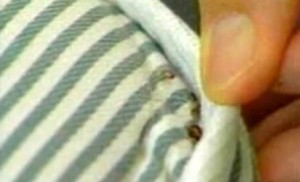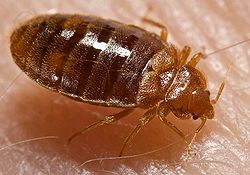Do you feel something crawling on your body at night? Do you wake up with strange marks or rashes? Bed Bugs are a disgusting scourge! They crawl around on your body in the dead of night and feed on your blood. They are also EXTREMELY difficult to get rid of. People used to think that only poor people got infestations…. nowadays, anyone is vulnerable but particularly people with means. I’ll explain later why if you have disposable income you are, in fact, MORE vulnerable. “What are bed bugs?” I’ll tell you about that below…
Here’s an excerpt from a documentary on bed bugs and bed bug bites.
WARNING!! There are very disturbing images in this video.
This video may not be appropriate for all viewers…
If you travel a lot, you are particularly at risk of getting a bed bug infestation. But there are ways to prevent bed bugs and it only takes a few minutes of your time and no special tools…
You can perform this 10 step check in under 10 minutes and it will save you months of aggravation if you were to get a bed bug infestation. This check works great at home as well. How to tell if you have bed bugs in your hotel room – When you first arrive at your room:
- NEVER, EVER put your luggage directly on the bed.
- Place your luggage on top of a table or the often supplied foldaway luggage rack, ideally as far from the bed as possible. If the room is very small and this isn’t possible, place your luggage in the bathtub.
- Have a good look under the bottom fitted sheet and particularly along the seams of the mattress. Look for traces of blood, bed bugs or feces.
- If the mattress has a cover remove it and look directly on the seams and folds of the mattress. Also check in and around the buttons if there are any as this is a favorite hiding place.
- Slide the mattress to one side and have a look directly at the top of the box-spring. Look for the same traces.
- Check along the folds and seams of the box-spring skirt.
- Check screw holes and any dark spaces that are formed when 2 pieces of the frame are joined.
- Check around the headboard.
- Check around any hanging pictures around the bed.
- Check in and around the nightstand.
If you find any traces of bed bugs, immediately leave the room and take your luggage with you. Report your findings to the front desk. They will more than likely give you a free upgrade suite as an apology or even pay for a night a different hotel.
If you choose to stay at this hotel, make sure you check your new room even more thoroughly as bed bugs can easily travel to other rooms in the same building.
This check goes a long way in answering the question: how do you know if you have bed bugs?






